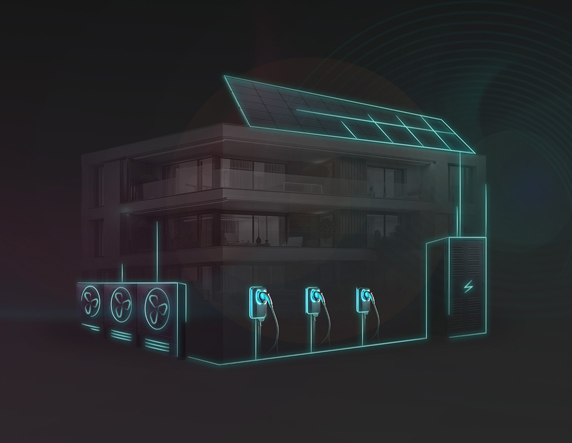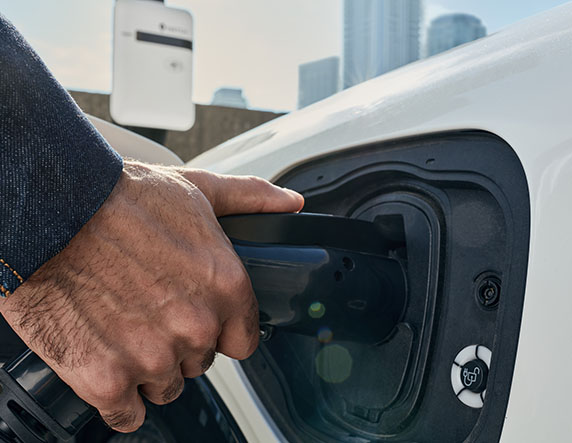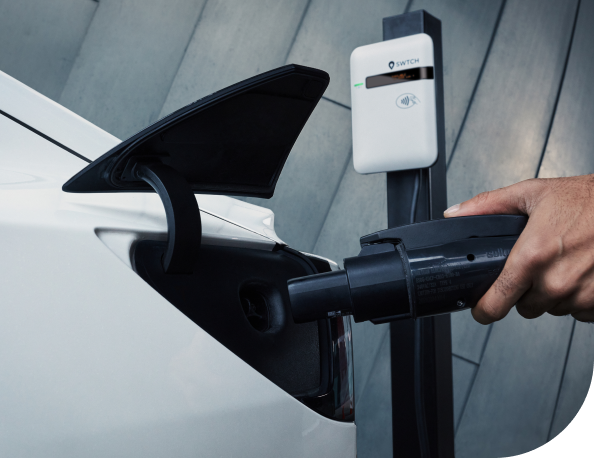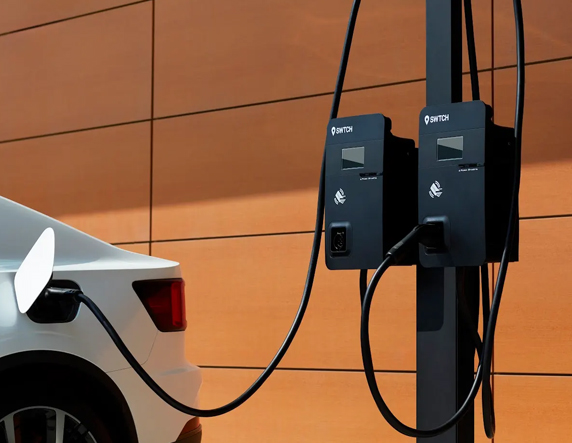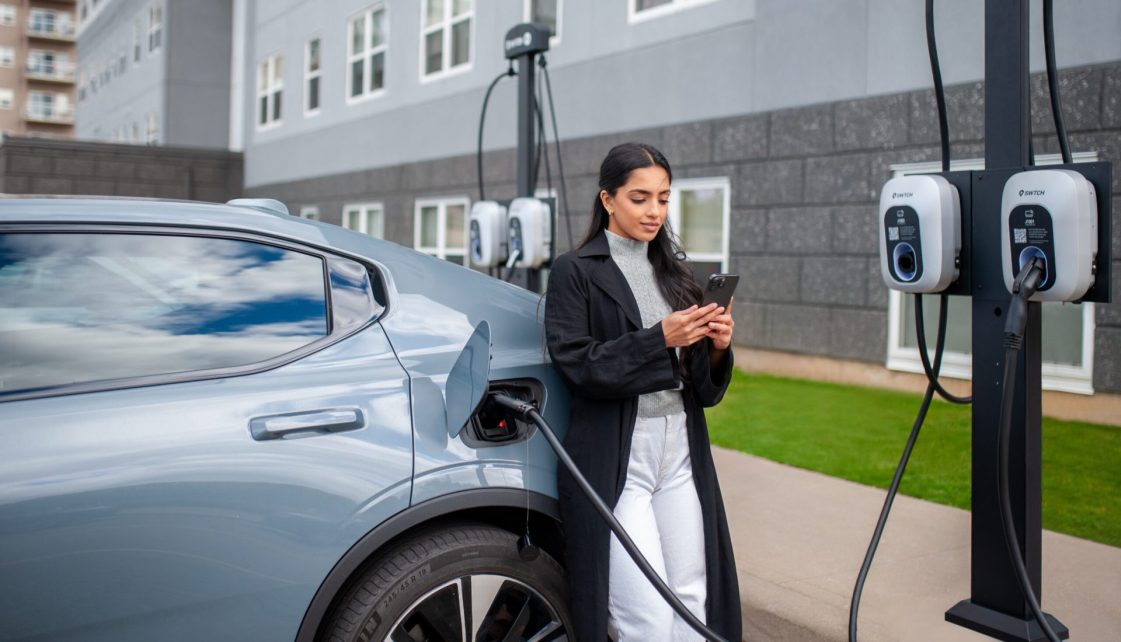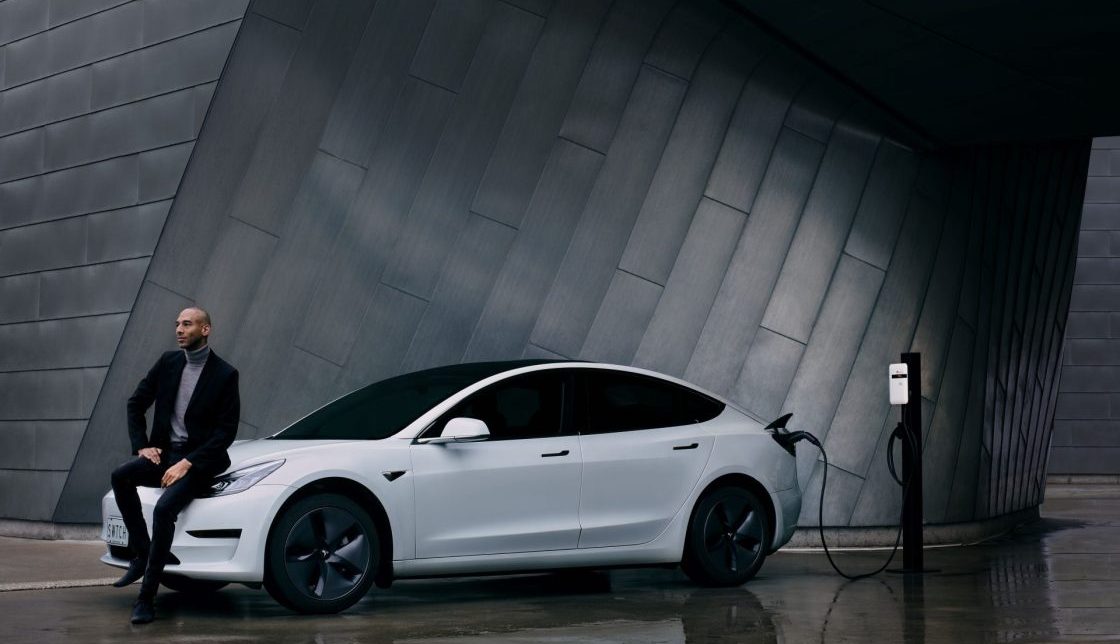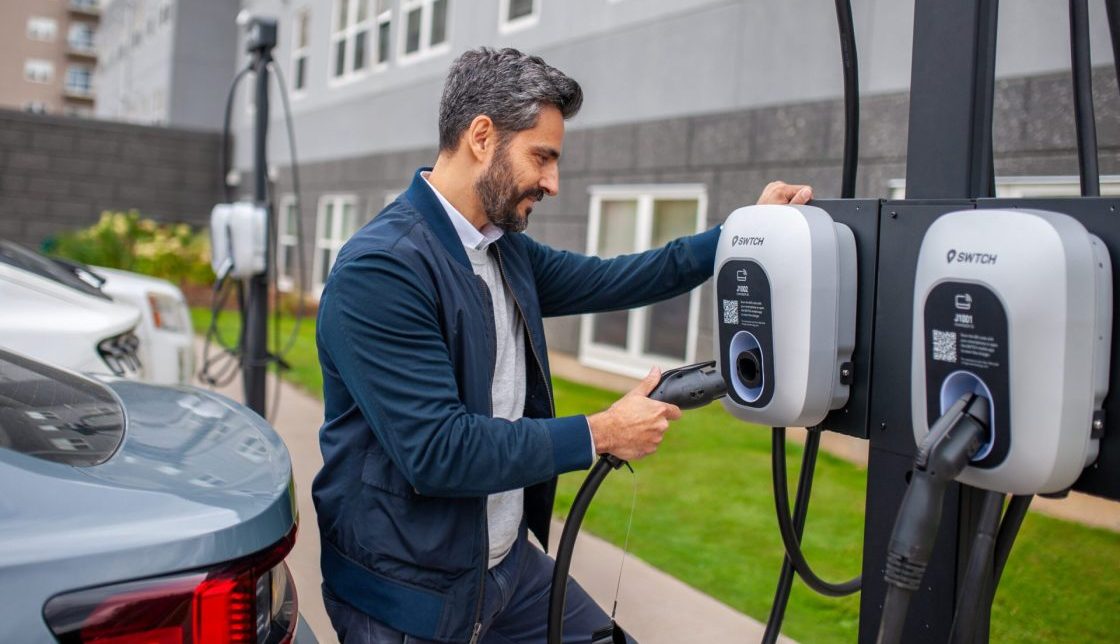Home Level 2 EV Charger Buying Guide: The 3 Answers Every First-Time Buyer Needs
Shopping for your first home EV charger? You might be looking at options you don’t fully understand. Should you get a NEMA 14-50 or hardwired charger? J1772 or NACS connectors? Can your electrical panel even handle it?
If you’re not sure what you need, we’ve got you covered. This guide breaks down the three critical questions every first-time buyer needs to answer, in plain English.
Let’s find the perfect charger for your home setup.
Quick Buying Guide
Wiring
- Pick a NEMA 14-50 plug-in charger if: You’re renting, planning to move within a few years, or want the flexibility to take your charger with you.
- Pick a hardwired charger if: You own your home and plan to stay. You’ll get slightly faster charging, better long-term durability, and reduced odds of technical headaches with circuit interrupter conflicts.
Connector type
- Pick a J1772 connector if: You drive (almost) any non-Tesla EV made before 2025. This is the standard round plug with five pins.
- Pick a NACS connector if: You drive a Tesla or a 2025+ model from Ford, GM, or other brands that have switched to Tesla’s connector. Check your specific vehicle to confirm.
Installation
- Before buying, have a licensed electrician verify that your panel can handle the charger (typically 32-48 amps). For most homes with 200A panels, this is a quick inspection. Total installation typically runs $500-$2,000 depending on your setup.
- If you have a 100A panel, you may need either a panel upgrade OR to install an energy management system.
Before you buy: If you live in a single-family home in Canada, you can receive a FREE EV charger from SWTCH + get paid to charge their vehicles at home. Read more and sign up here.
First, Understanding EV Charger Levels
There are three levels of EV charging:
Level 1 uses regular 120V household outlets but takes 3-5 days for a full charge. You can get by, but it’s not an ideal solution for daily use.
Level 2 uses 240V (like a clothes dryer) and charges overnight in 6-8 hours.
Level 3 (DC fast charging) are commercial units costing $50,000+, commonly found at highway rest stops and shopping centers. You cannot install these at home.
For nearly every homeowner, a Level 2 charging station offers the right balance of speed, cost, and convenience, though those who drive infrequently can make a Level 1 charger work.
This guide focuses on how to find the right level 2 charger for your home.
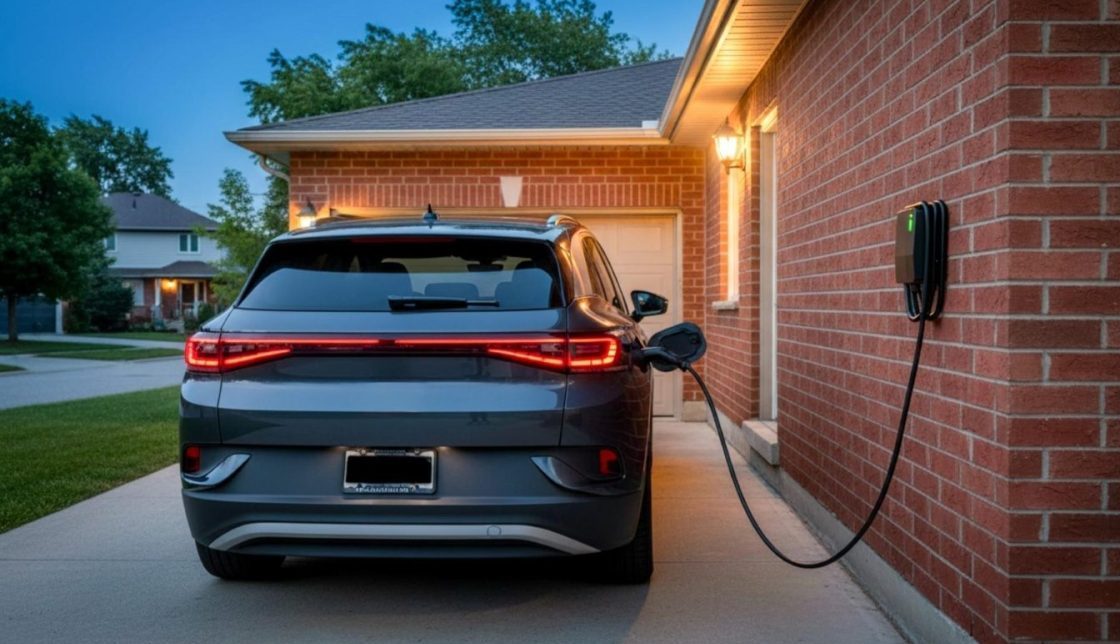
Question #1: NEMA 14-50 or Hardwired?
Your first choice is how your charger connects to your home’s electrical system. A NEMA 14-50 plug-in charger uses a special high-powered outlet (the same kind clothes dryers use). A hardwired charger skips the outlet and connects the charger directly to your electrical panel.
Choose a NEMA 14-50 Model If:
You’re renting or you plan to move within a few years. Plug-in chargers are easily removable, so you can unplug it and take it with you without calling an electrician. If you rent, you also haven’t made a permanent modification to a property you don’t own.
Another benefit: a NEMA 14-50 outlet can power other equipment like RVs or power tools when you’re not charging your car.
The tradeoff? Plug-in chargers max out at 40 amps, which still fully charges most EVs overnight but isn’t the absolute fastest option.
Choose Hardwired If:
You own your home and plan to stay. Some of the advantages:
Faster charging speeds. Hardwired installations aren’t limited by outlet specs. A 48-amp charger on a 60-amp circuit delivers 11.5 kilowatts—up to 20% faster than plug-in alternatives.
Greater durability. Both options are safe when properly installed, but outlets can wear over time with repeated plugging/unplugging. Hardwiring eliminates this component entirely, removing a potential maintenance point.
Better for outdoor installations. Hardwired connections have fewer exposed components where moisture could enter over time, offering superior long-term weather protection.
Fewer technical headaches. Garage outlets often require GFCI breakers to prevent shocks, but EV chargers have built-in GFCI protection. Two GFCIs in one circuit can conflict, causing nuisance tripping. Hardwiring sidesteps this frustration.
Question #2: J1772 or NACS Connector?
This is the trickiest part of buying a charger in 2025, as the auto industry is mid-transition between connector types.
For years, nearly every EV except Tesla used J1772—the round plug with five pins you see at public chargers. Tesla used its own connector, now called NACS (North American Charging Standard).
In 2023-2024, Ford, GM, Rivian, Hyundai, Kia, VW, Mercedes, and most major automakers announced they’re switching to NACS starting with 2025-2026 models, largely because Tesla’s public Supercharger network is so extensive.
Which Connector Do You Need?
As a rule of thumb:
Driving a Tesla? You have NACS—a compact oval-shaped port.
Any other brand made before 2025? You almost certainly have J1772—a larger round port with five pins (Chevy Bolt, Nissan Leaf, 2024 Mustang Mach-E, Hyundai IONIQ 5, etc.).
Buying a 2025-2026 model? Some have switched to NACS, others haven’t.
But to be absolutely sure, follow these steps to identify your connector:
- Locate your car’s charging port
- Open the port door
- Take a photo of the port for reference
- Identify which type you have by comparing the photo of the charging port on your vehicle to the connector types here.

Question #3: Can Your Electrical Panel Handle It?
This is the most critical question, as you need to be sure your home’s electrical panel is able to service your charger in addition to the rest of your property’s electrical load.
Note: The safest and best way to know if your system can handle a charger is to consult a licensed electrician. Our advice for how you can do a quick check yourself is intended only as a starting point.
Start with a Visual Check
Open your electrical panel (breaker box, usually in garage/basement). Find the main breaker—typically the largest switch at the top or bottom.
The number on that breaker shows your home’s total capacity in amps: usually 100, 150, or 200. Modern homes (post-2000) typically have 150-200 amps, which is generally sufficient. Older homes often have 100-amp service and may need an upgrade.
Next, check for two empty, adjacent slots where a new double-pole breaker could go.
There’s also a safety rule: circuits must be sized at 125% of the charger’s amperage. A 40-amp charger needs a 50-amp circuit. A 48-amp charger needs 60 amps. This prevents overheating and fire hazards.
Important: This visual check only tells you the basics. It reveals nothing about whether your existing loads leave room for a charger.
Next, Consult a Licensed Electrician
Odds are, you’ll want a licensed electrician to install your EV charger. As part of that process, they’ll likely do a quick inspection of your panel, and may even proceed with a full load calculation to be sure your home can handle a charger.
With a load calculation, the electrician adds up all your home’s power consumption—HVAC, water heater, oven, dryer, lighting, everything—then adds the proposed charger. The calculation shows whether your panel can safely handle it all.
However they approach the verification, if a trustworthy electrician tells you you’re all set, you should have no issues adding a new charger to your property.
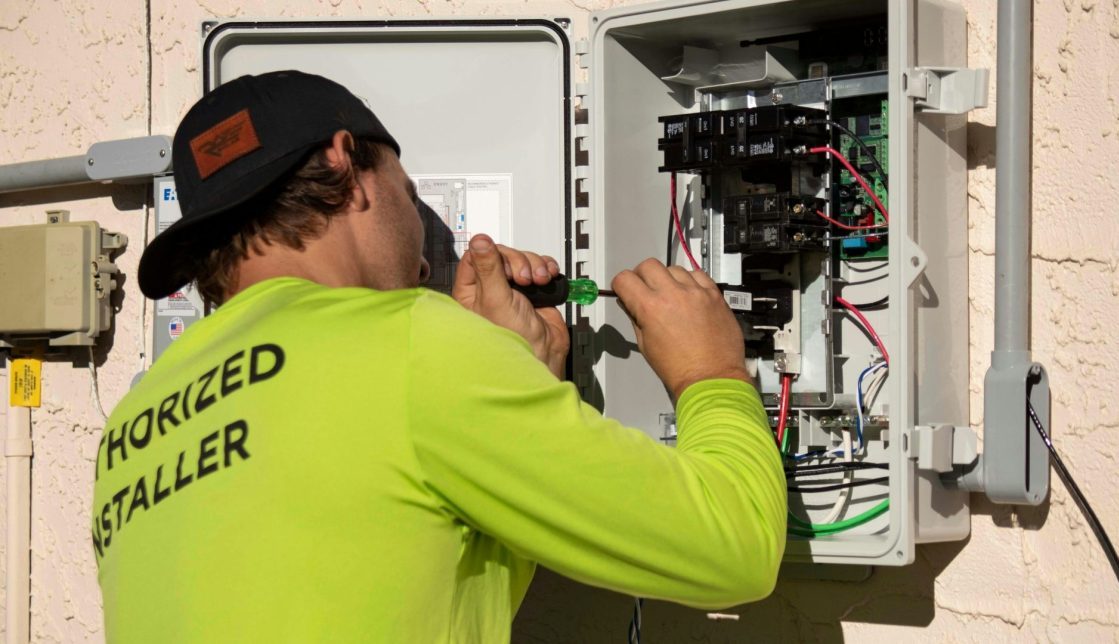
If Your Panel Is Maxed Out
Three solutions:
Panel Upgrade: Replace your panel with higher capacity (ex: go from 100-amp to 200-amp). This costs $1,500-$3,000, but it increases your home’s value and provides capacity for future needs.
Subpanel: If your main panel has capacity but is physically full (no breaker slots), you can add a subpanel nearby. This is less expensive than a full replacement.
EV Energy Management System (EVEMS): This device monitors your home’s real-time electricity use and automatically adjusts EV charging. Your car charges at full speed overnight when demand is low. When big appliances turn on (AC, oven, dryer), it reduces charging to prevent overload. This can often eliminate expensive panel upgrades, and costs generally range from $1,200 to $1,500 for the component and installation.
Making Your Decision
Home charging is the most cost-effective, convenient way to own an EV, saving hundreds to thousands annually versus public stations.
To recap:
- Plug-in chargers offer flexibility for renters and those who may move.
- Hardwired chargers provide better performance for homeowners staying put.
- Match your connector to your vehicle’s port (J1772 for most current non-Tesla EVs, NACS for Teslas and some 2025+ models).
- Consult a licensed electrician before installation.
The upfront investment pays dividends daily. No more planning charging station trips or waiting in lines. Just plug in at home and wake up to a fully charged vehicle—as simple as charging your phone overnight.
Live in Canada?
Get a FREE EV charger—and get paid to charge—by joining the SWTCH Home Charging Program!
